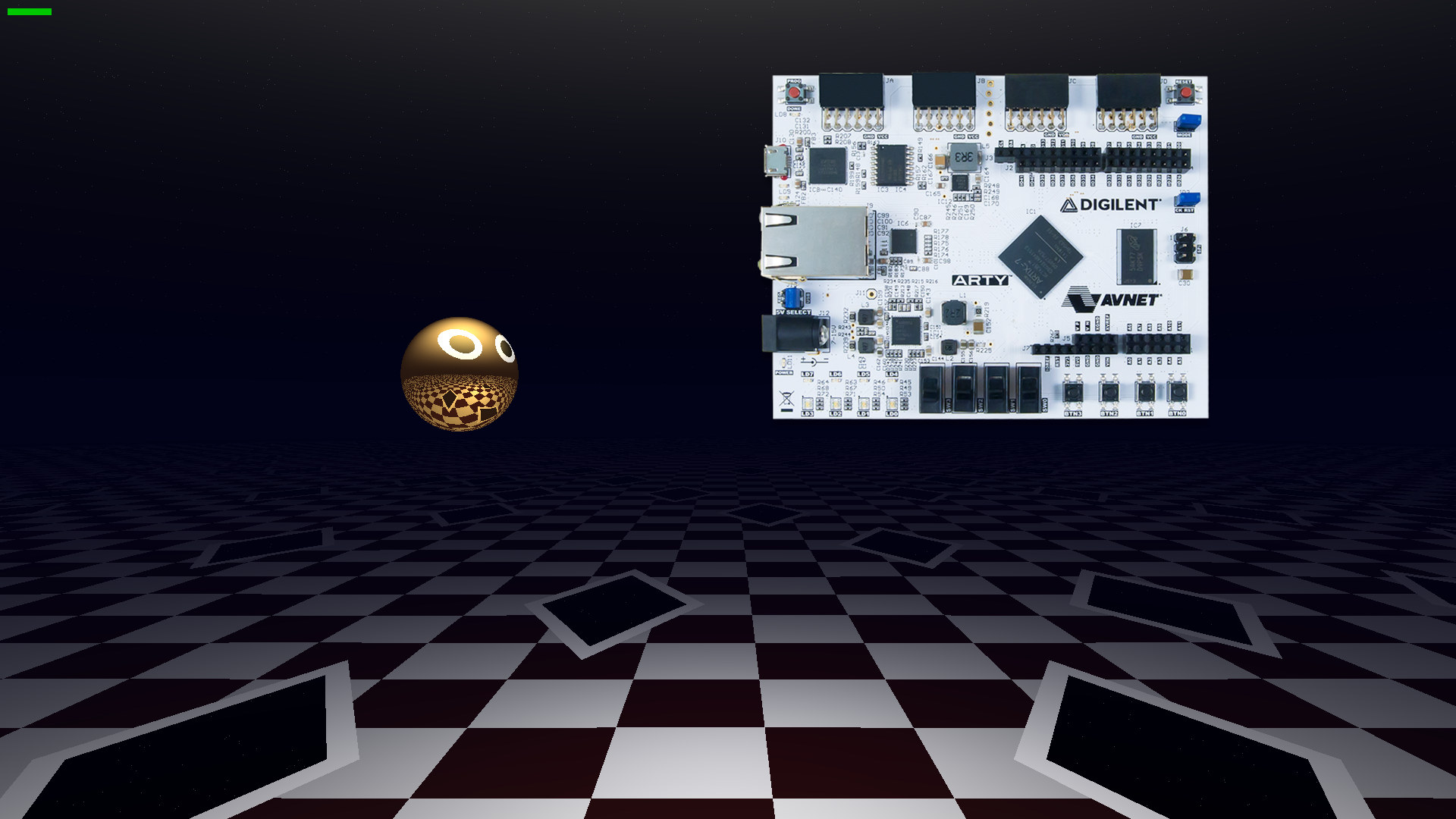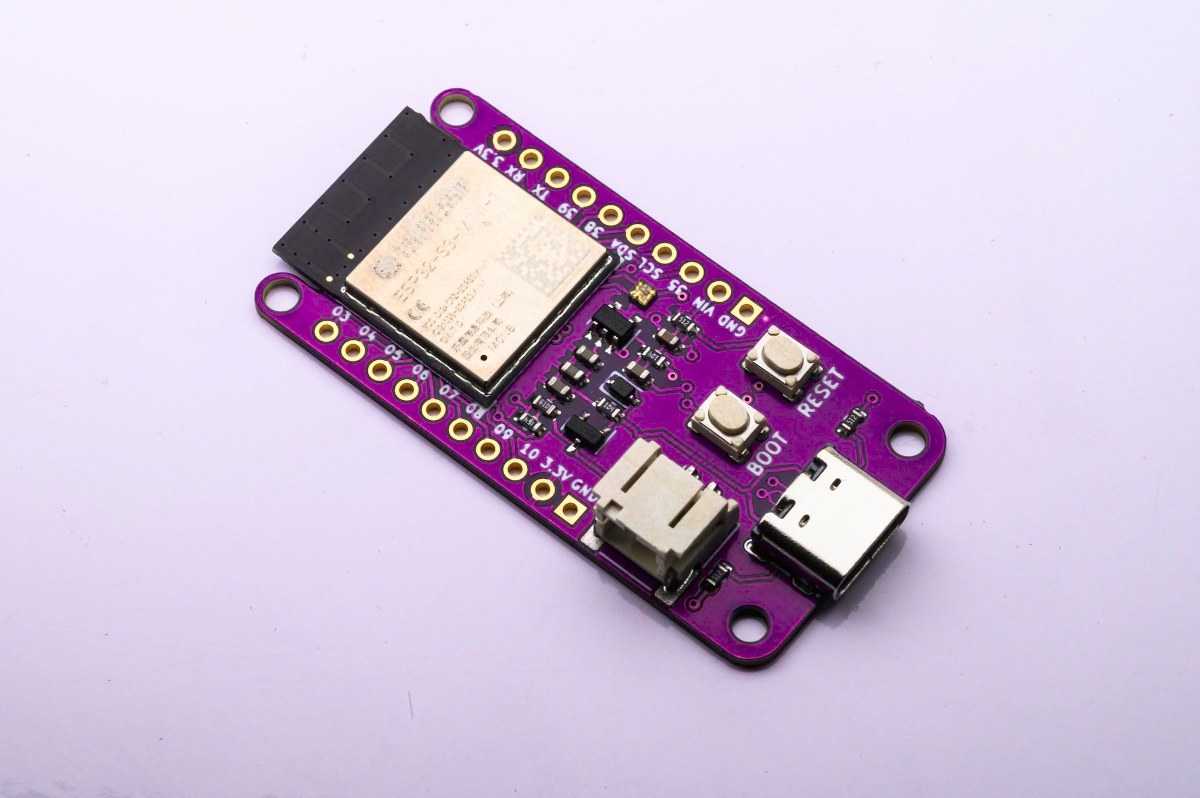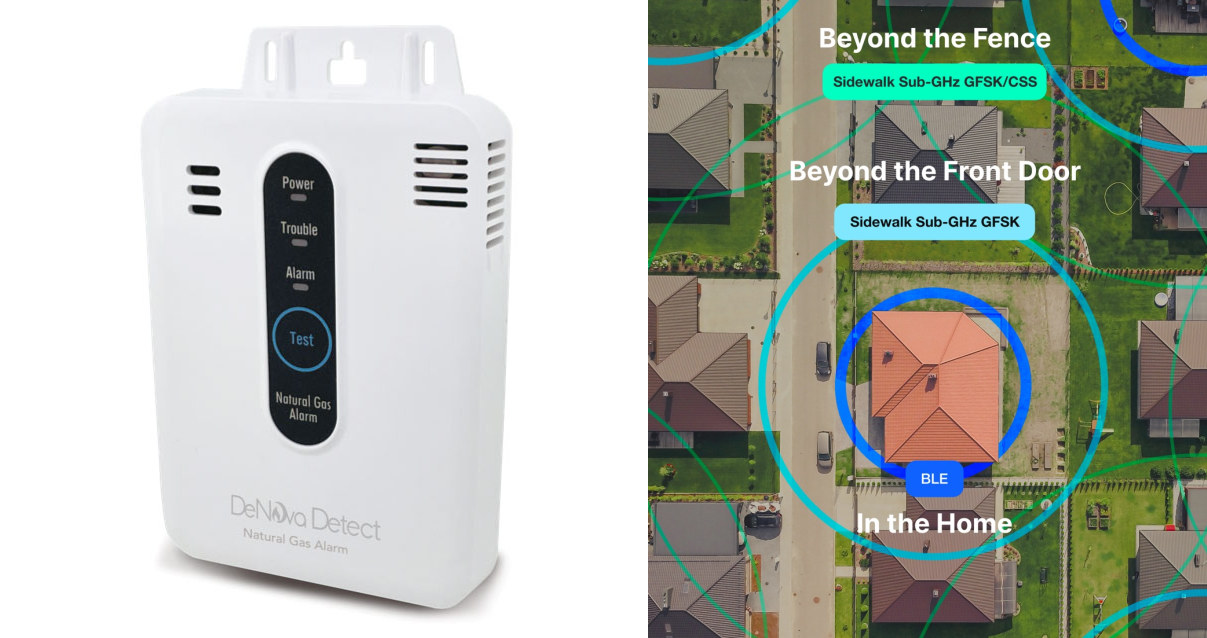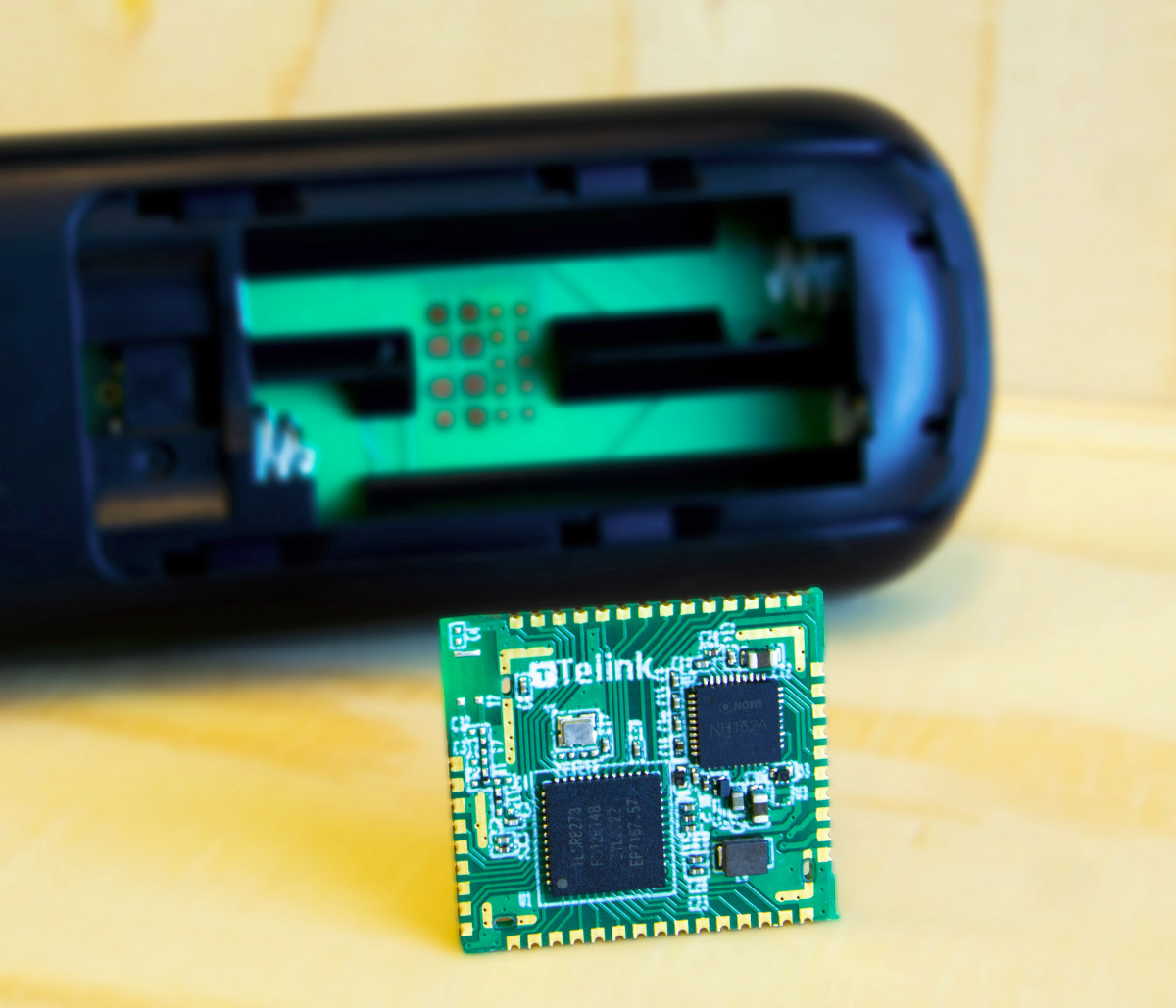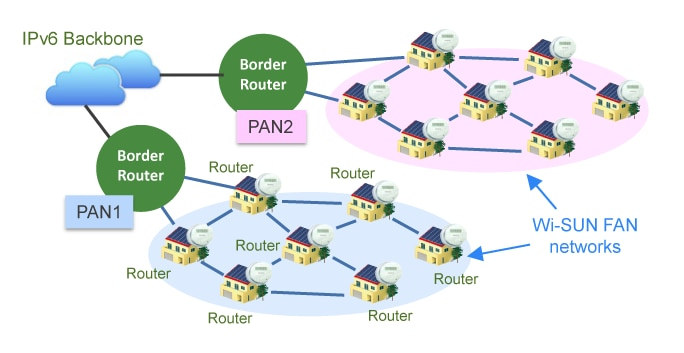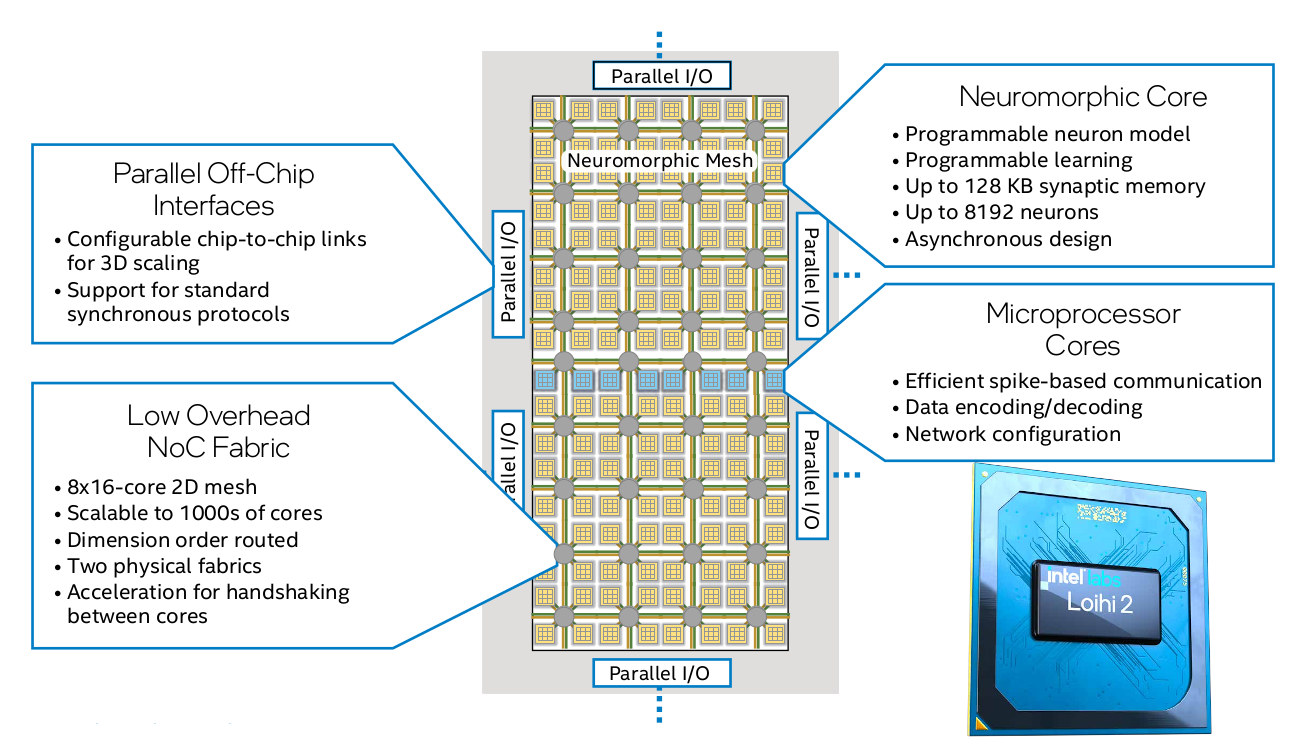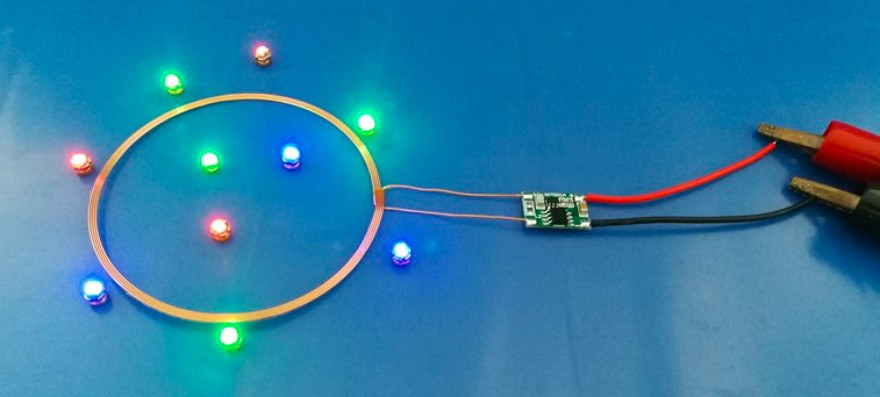Sphery vs. shapes is an open-source 3D raytraced game written in C and translated into FPGA bitstream that runs 50 times more efficiently on FPGA hardware than on an AMD Ryzen processor. Verilog and VHDL languages typically used on FPGA are not well-suited to game development or other complex applications, so instead, Victor Suarez Rovere and Julian Kemmerer relied on Julian’s “PipelineC” C-like hardware description language (HDL) and Victor’s CflexHDL tool that include parser/generator and math types library in order to run the same code on PC with a standard compile, and on FPGA through a custom C to VHDL translator. More details about the game development and results are provided in a white paper. Some math functions were needed, including: floating point addition, subtraction, multiplication, division, reciprocals, square root, inverse square roots, vector dot products, vector normalization, etc. Fixed point counterparts were also used for performance reasons and to […]
Bee S3 ultra-low-power ESP32-S3 board can last several years on a LiPo battery
Smart Bee Designs’ Bee S3 is an ultra-low-power development board based on Espressif ESP32-S3 WiFi & Bluetooth microcontroller that consumes less than 20 uA in deep sleep mode allowing the board to theoretically last over 5 years under specific conditions. The board provides WiFi 4 and Bluetooth 5 LE connectivity, features a battery voltage monitoring circuitry to check the battery charge level, a USB Type-C port for power and programming, plus 20 through holes for extensions such as connecting sensors, and so on. Bee S3 specifications: Wireless module – Espressif Systems ESP32-S3-MINI-1 module (PDF datasheet) with ESP32-S3 dual-core Xtensa LX7 processor with WiFi 4 and Bluetooth 5.0 connectivity, 4MB or 8MB QSPI flash, PCB antenna USB – 1x USB Type-C port for power and programming Expansion – 2x 10-pin headers with up to 15x GPIO, 8x ADC, touch support, I2C, SPI, UART, 5V In/out, 3.3V out, and GND Misc – […]
DeNova Detect natural gas alarm works with Amazon Sidewalk network
New Cosmos’ DeNova Detect is a wireless natural gas alarm that works with the Amazon Sidewalk network designed for low-power, low-bandwidth IoT devices in and around the house, benefiting from free connectivity thanks to the installation base of Amazon devices such as the Echo Show acting as gateways. DeNova Detect does not require wiring to mains, and the device is expected to achieve an extended battery life of seven years, so customers can choose the optimal location for a gas alarm in their homes without needing to be close to an electrical outlet. There’s no need to have an additional gateway such as with LoRaWAN solutions as well as the customer owns one or more Sidewalk-compatible device. Note that Amazon Sidewalk is currently deployed in the US only with global expansion planned for later. Amazon Sidewalk relies on Bluetooth LE inside the home, Sub-GHz GFSK on the sidewalk/around […]
Silicon Labs FG25 Arm Cortex-M33 SoC targets Wi-SUN FAN networks
Silicon Labs announced various new products at its annual Works With Developer Conference including the FG25 Arm Cortex-M33 SoC designed for sub-GHz Wi-SUN FAN networks for Smart Cities and applications such as smart metering, street lighting, electricity distribution automation, municipal infrastructure, and more. The microcontroller runs at up to 97.5 MHz, features 512KB RAM and up to 1920 KB flash, operates at up to 125°C, consumes as little as 2.6 μA in deep sleep mode, and can offer a range of up to 3 km when used in combination with the new EFF01x front-end module delivering up to +30 dBm output power. Silicon Labs FG25 (EFR32FG25) specifications: CPU core – Arm Cortex-M33 core @ 97.5 MHz with DSP instruction and floating-point unit for signal processing Memory – Up to 512 kB RAM data memory Storage – Up to 1920 kB flash program memory Radio Sub-GHz radio operation TX power up […]
Telink energy harvesting wireless module to enable batteryless remote controls
Telink TLSR8273-M-EH is a multi-protocol wireless connectivity module with energy harvesting capabilities implemented through Nowi’s PMIC, and designed for batteryless devices (or ones with “forever batteries”) such as TV remote controls, but also wearables, and electronic shelf labels among others. The solution is based on a 48MHz RISC microcontroller that supports Bluetooth 5.1 LE, 802.15.4 (Zigbee/RF4CE/6LoWPAN/Thread), and 2.4GHz proprietary protocols. With a single module integrating all main components required for batteryless operation, Telink says its solutions reduce BOM and size, as well as supply chain complexity, and improves user-friendliness by removing the need for battery swaps. Telink TLSR8273-M-EH specifications: Core – 32-bit RISC microcontroller @ up to 48 MHz (CoreMark 1.25/MHz) Memory – 64 KB SRAM with 32 KB retention Storage – 512 KB flash RF Bluetooth 5.1 LE up to 2 Mbps, with AOA/AOD support, Bluetooth Mesh IEEE 802.15.4 radio for Zigbee, RF4CE, 6LoWPAN, Thread 2.4GHz proprietary protocols RX […]
Wi-SUN: An LPWAN standard for Smart Cities, Smart Agriculture, large scale IoT deployments
Wi-SUN is a standard (IEEE 802.15.4g) managed by the Wi-SUN Alliance and designed for Smart Cities, Smart Agriculture, and other large scale IoT deployments with a large number of devices thanks to the use of IPv6 mesh networking. The organization was founded in 2011 to “support the worldwide development of Wireless Communications Networks for Utilities, Smart Cities and IoT”, but due to the niche nature of target applications, it does not get that much press coverage and was only recently brought to my attention. Wi-SUN stands for “Wireless Smart Utility Networks”or “Wireless Smart Ubiquitous Networks”, and the standard aims to connect streetlights, cameras, weather stations, smart metering, utility transmission systems, and others to enable data-sharing between city services to improve their efficiency, save costs, and offer improves services to citizens. Wi-SUN FAN (Field Area Network) is the latest protocol managed by the Wi-SUN Alliance with over 95 million units shipped […]
Intel Loihi 2 high-efficiency neuromorphic chip works with the Lava open-source framework
Neuromorphic AI accelerator chips relying on spiking neural networks (SNN), which we’ve seen from companies such as Innatera or Brainchip, will be used more and more in the future as they provide much higher efficiency compared to traditional deep neural networks (DNN) solutions. Intel is also working on SNN, and recently announced the Loihi 2 second-generation neuromorphic research chip with up to 1 million neurons (the human brain has 86 billion of those on average) that delivers up to 175x lower energy to learn a new object instance with similar or better speed and accuracy compared to conventional methods running on a central processing unit (CPU). The new Loihi 2 neuromorphic chip offers the following improvement over the first generation Loihi: Up to 10x faster processing capability (2x for simple neuron state, 5x for synaptic operations, 10x for spike generation) Up to 60x more inter-chip bandwidth achieved through a combination […]
5V wireless LED lights up thanks to magnetic resonance coupling technology
Wireless power, no matter how inefficient it may be, sounds good and even looks good with the “5V remote wireless power supply LED pack” we feature in this post. It also feels magical with the LEDs lighting up thanks to magnetic resonance coupling technology. The solution comes with a coil as a transmitter and each LED bead also includes a small coil as a receiver. When the two are coupled, energy can be transferred from the transmitter to the receiver through the air, paper, or plastic casing, and the LEDs will light up. The magnetic field intensity in this technology is said to be similar to that of the Earth’s magnetic field, and it will not be harmful to human health and other devices. Specifications: Transmitter Module Input Voltage – 5 V Power – 0.5W (10 LEDs) Transmitting Coil Outer Diameter – 70mm, inner diameter 65mm, thickness 0.5mm Transmitter Board […]


